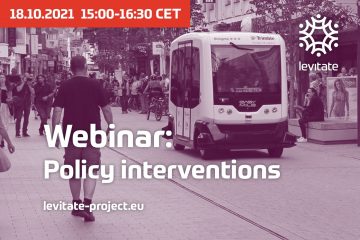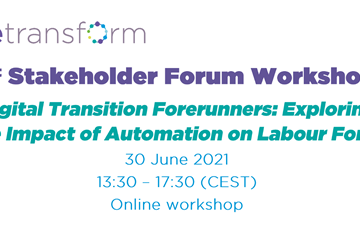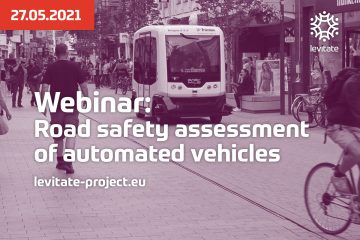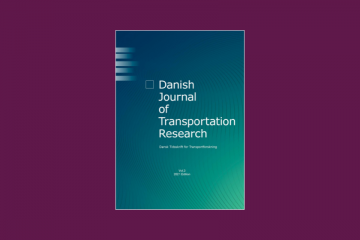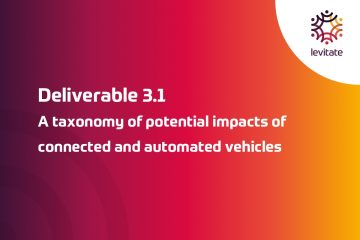A huge research effort is going on in order to develop connected and automated vehicles. Small-scale trials of automated vehicles in real traffic are already taking place. Can the societal impacts of a transition to fully connected and automated vehicles be predicted?
The answers to the question is that many of these impacts depend on the policies implemented to regulate the introduction of connected and automated vehicles. This applies particularly to two of the impacts that are difficult to predict: whether vehicle automation will be associated with a transition to electric vehicles, and whether it will be associated with a transition to shared mobility.
It is more likely that automated cars will be electric than that they will have combustion engines. However, to make a transition to electric cars more likely and speed it up, policies favouring electric cars may be necessary. Norwegian experience shows that a transition to electric cars can be stimulated by public policy.
Studies (e.g. Clayton et al. 2020) consistently show that individual use of automated cars is preferred to shared use. If the introduction of connected and automated cars is left to the market, it is likely that individual car ownership will continue at current rates. In that case, traffic is likely to increase, as the generalised cost of travel will be lower in automated cars than in manual cars, chiefly because the value of travel time savings is likely to become lower. Travel time is less burdensome and less wasted if it can be used to work or relax. An increase in traffic will reduce the benefits of connected and automated cars in terms of less congestion, fewer accidents and less emissions.
If this prediction is accepted, policies aimed at maximising the societal benefits of connected and automated cars may, perhaps paradoxically, need to counteract some of the private benefits of these cars. Experience shows that whenever transport becomes cheaper and more convenient, the demand for it increases. In economic terms, the societal benefit of an increase in travel demand is the increase in consumer surplus associated with it. However, as noted, an increase in travel demand increases the external impacts of travel in terms of congestion, accidents and pollution. Estimates of impacts made in LEVITATE suggest that even if there is an increase in traffic volume, there will still be a net gain in travel time, a reduction of accidents and a reduction of pollution. While the reductions are smaller than they would have been without increased traffic volume, they are not eliminated. Thus, all potential impacts remain favourable. In view of this, it is unlikely that policy makers will introduce controversial and often unpopular measures like road pricing or parking restrictions to curb the growth of traffic.
It is concluded that, at the current state of knowledge, it is predicted that connected and automated vehicles will lead to increased travel demand, but nevertheless reduce travel time, make travel time less wasteful, reduce accidents and reduce pollution, including global warming.
Read the whole paper, written by Rune Elvik »


